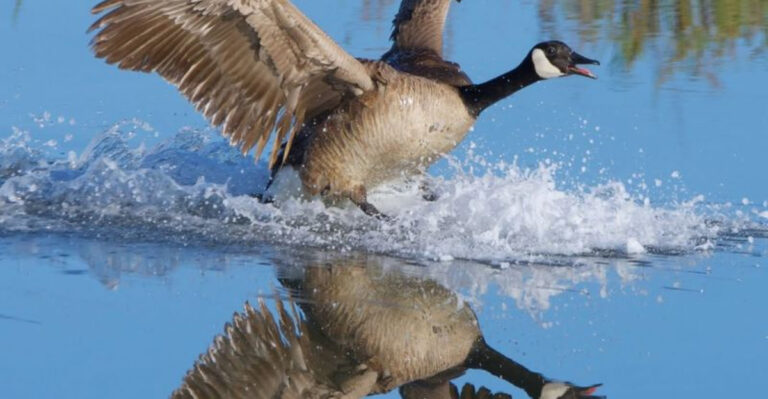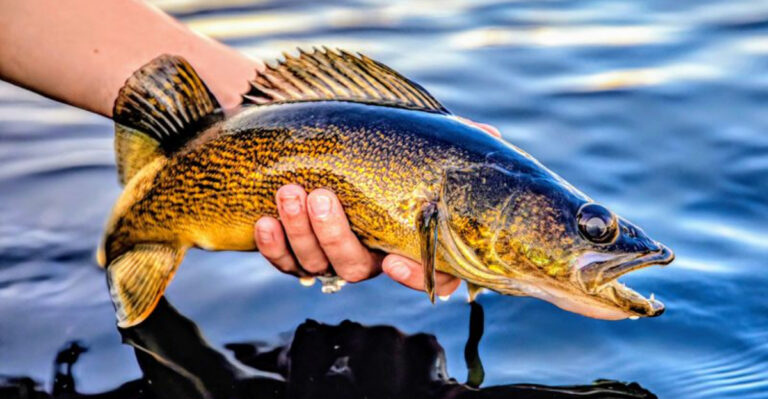Why Scientists Are Reintroducing Beavers To Save Rivers
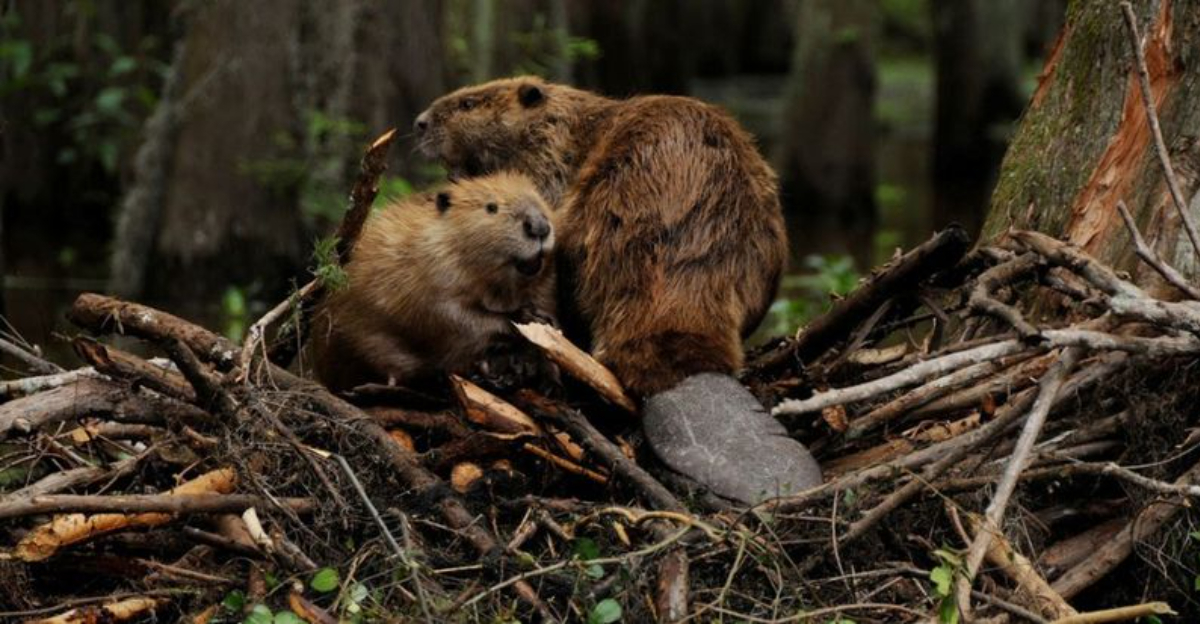
Rivers worldwide face increasing challenges from pollution, climate change, and habitat loss. In a surprising twist, scientists have found an unexpected ally in the battle to save our waterways: beavers.
These buck-toothed engineers are being reintroduced to their former habitats after centuries of absence, bringing remarkable benefits to river ecosystems that even modern technology struggles to match.
1. Beavers Build Natural Dams That Slow Water Flow
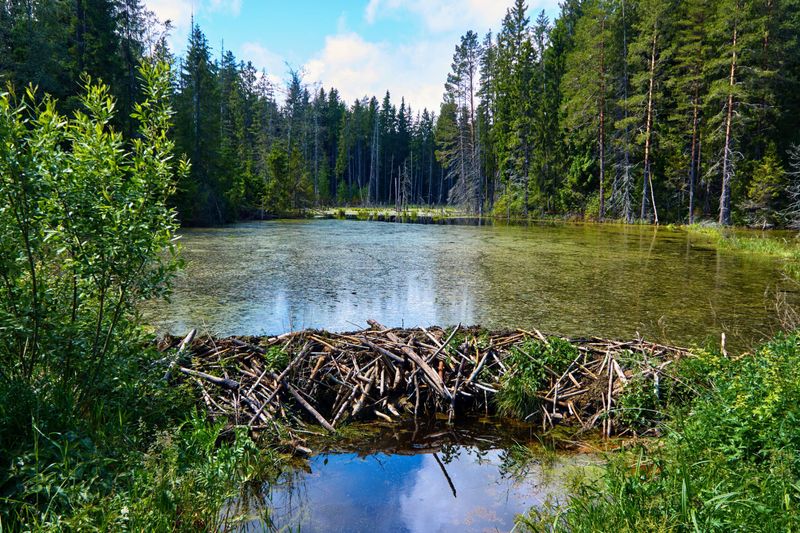
Water rushes downstream with tremendous force during heavy rains, causing erosion and damage. Beaver dams create natural speed bumps, slowing this flow to a manageable pace.
Unlike concrete structures, these living dams flex and adapt with changing conditions, providing sustainable water management that requires zero maintenance from humans.
2. Their Dams Help Prevent Flooding Downstream
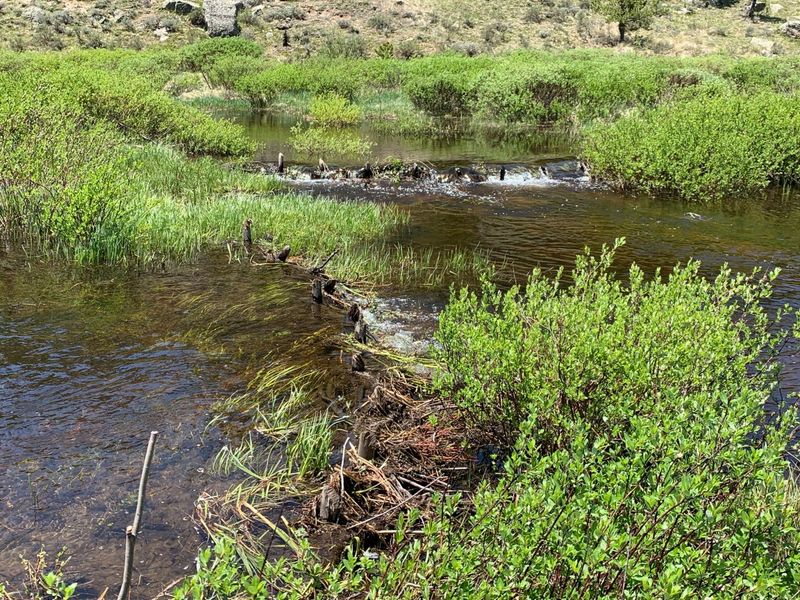
Flash floods devastate communities with little warning, washing away homes and livelihoods. Beaver-created wetlands act like giant sponges, absorbing excess rainwater during storms. Studies show areas with beaver colonies experience up to 60% reduction in peak flood flows.
These natural flood defenders work 24/7, holding back thousands of gallons of water that would otherwise surge downstream.
3. Wetlands Formed By Beavers Boost Biodiversity
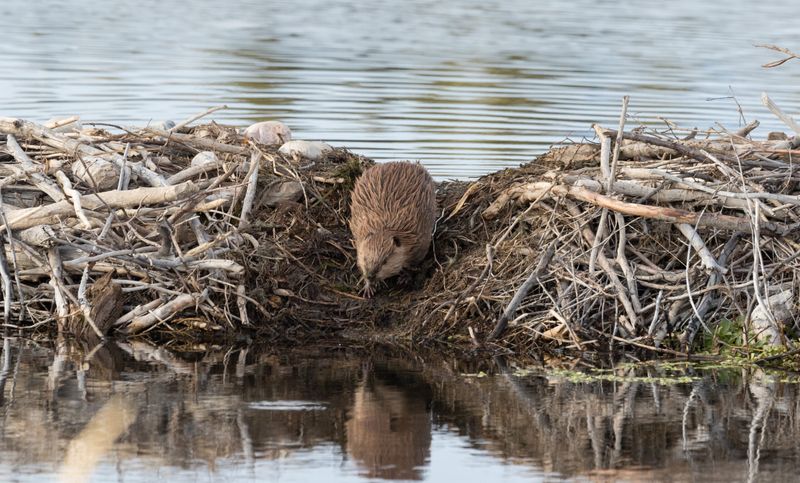
A single beaver pond transforms monotonous streams into vibrant oases. The backed-up water creates diverse habitats – deep pools, shallow margins, and muddy banks – each supporting different species.
Where beavers settle, wildlife flourishes. Researchers documented a fivefold increase in frog and toad populations following beaver reintroduction in one watershed. Birds, insects, and plants quickly follow.
4. Beaver Activity Recharges Groundwater Levels
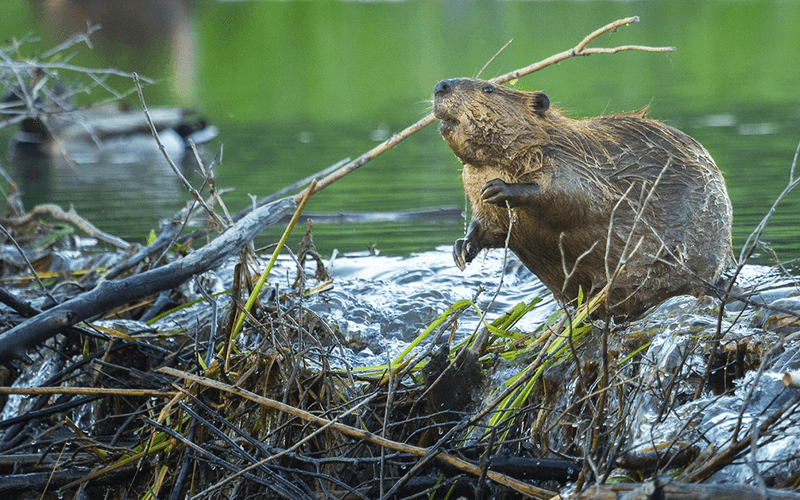
Hidden beneath our feet, groundwater supplies face dangerous depletion worldwide. Beaver ponds create pressure that pushes water deep into the earth, refilling these underground reservoirs. The magic happens slowly – water seeps downward through pond bottoms rather than racing downstream.
This gradual process maintains stream flow during dry seasons, when rivers might otherwise run completely dry.
5. Dams Trap Sediment And Improve Water Quality
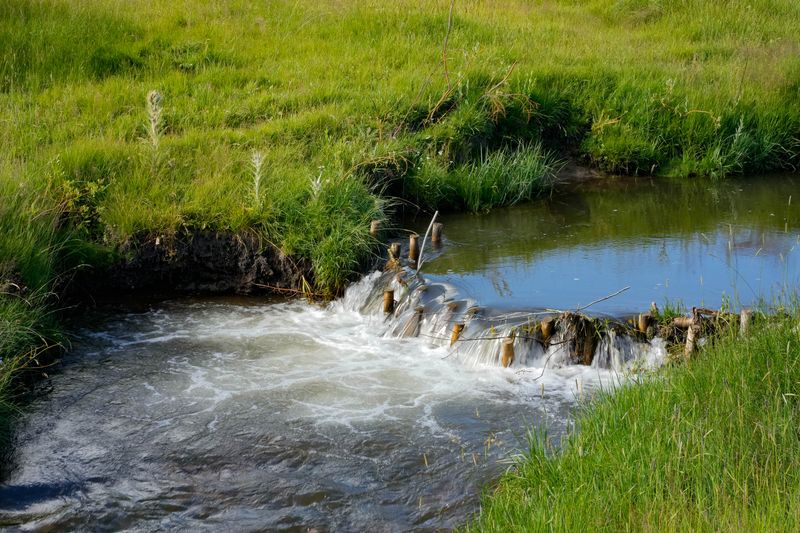
Murky, polluted water flows clearer after passing through beaver territory. Their dams act as natural filters, trapping soil particles, agricultural runoff, and even certain pollutants. The transformation happens as water velocity drops behind dams.
Suspended materials settle out rather than continuing downstream. This cleaning service would cost millions if humans attempted to replicate it with technology.
6. Reintroduction Projects Have Started In The UK
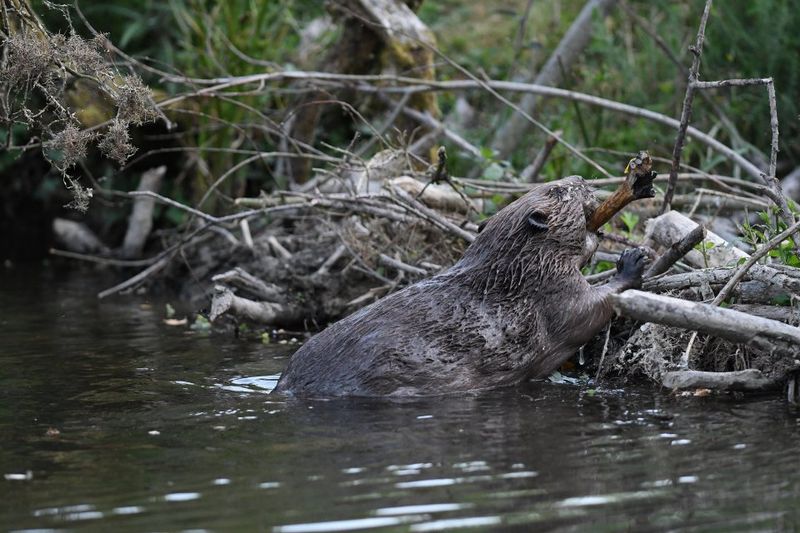
After 400 years of absence, beavers are making a comeback across Britain. The River Otter in Devon hosted England’s first official reintroduction, with dramatic results appearing within just months. Local communities initially expressed concerns about these newcomers.
Now many celebrate the return of these ecosystem engineers as monitoring shows reduced flooding downstream and improved habitat for endangered species.
7. Beavers Create Habitats For Birds And Amphibians
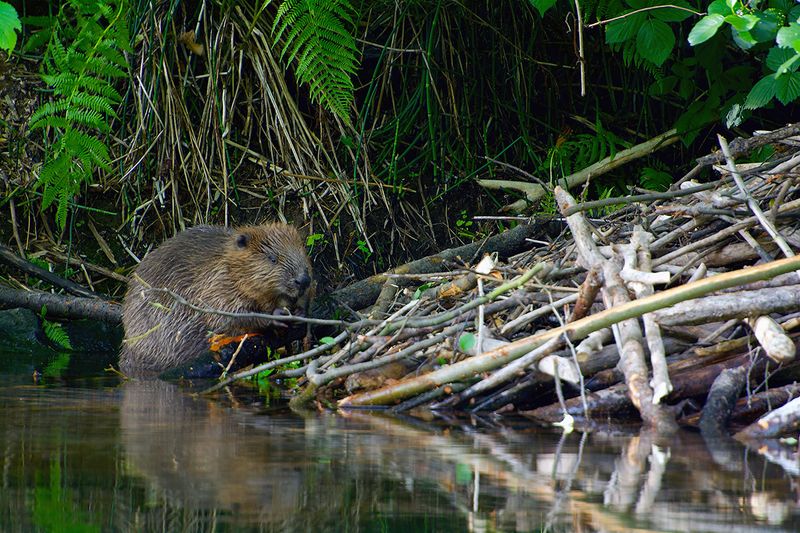
Fallen trees and flooded meadows might look messy to human eyes, but they’re five-star accommodations for wildlife. Kingfishers dive from beaver-felled branches while herons wade through newly created shallows. Dead trees standing in beaver ponds become luxury apartments for woodpeckers and nesting birds.
Underwater, complex root systems provide perfect hiding spots for young fish and amphibian eggs, safe from predators.
8. Their Work Helps Reduce Soil Erosion
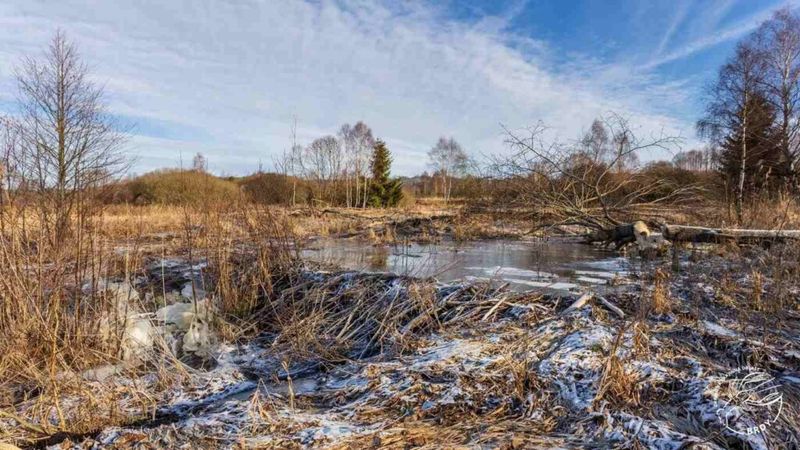
Valuable topsoil washes away with each heavy rain, a silent disaster for ecosystems and agriculture. Behind beaver dams, this precious resource gets a second chance instead of being lost forever. Plant roots take hold in the trapped sediment, further stabilizing banks against erosion.
This natural solution works better than expensive human engineering projects, which often fail during extreme weather events.
9. Beavers Once Thrived Across Britain Before Extinction
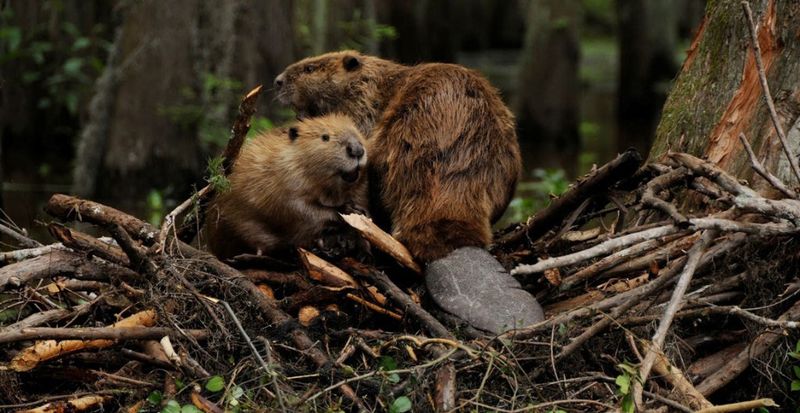
Medieval Britain buzzed with beaver activity until fur trappers hunted them to extinction by the 16th century. Place names like Beverley (“beaver clearing”) hint at their widespread presence in the landscape. Ancient folklore celebrated these animals as symbols of industriousness.
Their disappearance fundamentally altered British waterways, causing habitat loss for countless other species and increasing flood risks that persist today.
10. Rewilding Efforts Aim To Restore Ecosystem Balance
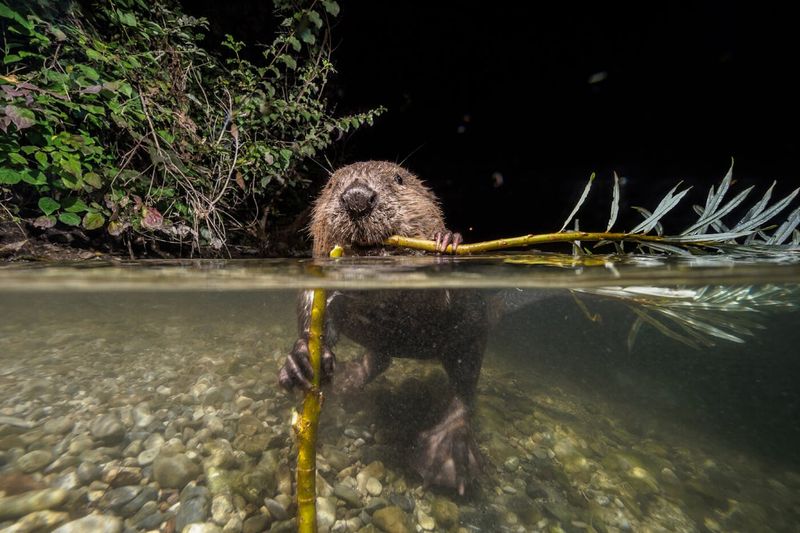
Nature achieves perfect balance when all its players occupy their proper roles. Rewilding projects recognize beavers as keystone species – animals with outsized influence on their surroundings.
By returning these ecosystem engineers to their former territories, scientists hope to jump-start nature’s self-healing mechanisms. The approach represents a shift from micromanaging individual species toward restoring entire functional systems.
11. Some Farmers Oppose Beavers Due To Crop Risks
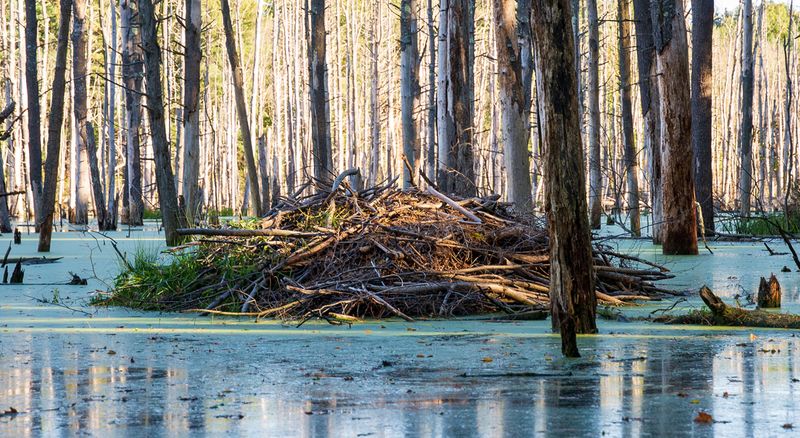
Not everyone welcomes these furry engineers back with open arms. Farmers worry about flooded fields and damaged crops when beaver dams redirect water flow across agricultural land. Creative solutions emerge from this conflict.
Flow devices called “beaver deceivers” allow water management without removing the animals. Some regions offer compensation programs for affected landowners, recognizing that beaver benefits extend beyond individual property lines.
12. Scientists Monitor Reintroduced Populations Closely
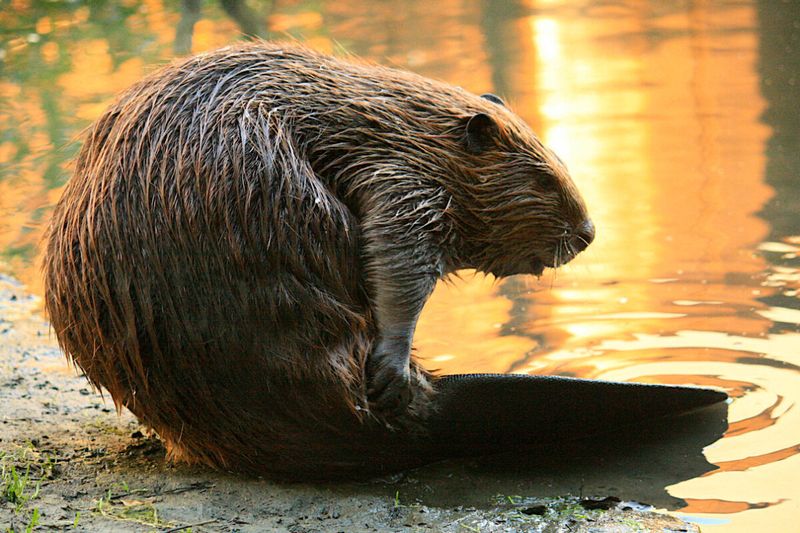
Tiny transmitters attached to beaver tails reveal fascinating insights about their movements and behaviors. Research teams track how quickly populations expand and which habitats they prefer.
Drones capture aerial footage of landscape transformations, while water quality sensors measure improvements downstream. This monitoring helps scientists refine future reintroduction efforts and address concerns with solid data rather than speculation.

